
The discernment paper on mission and evangelisation begins well
The Plenary discernment paper, one of several released in early June by Plenary President Archbishop Timothy Costelloe SDB, addresses how God is calling us to be a Christ-centred Church that is Missionary and Evangelising. It begins in a promising way.
Its introduction hits many of the right notes. It focuses on mission as initiated by God, as Trinitarian, as being creative and redemptive. It speaks of how this mission is revealed in Christ, how his mission gives birth to the Church, and how he has given the Church a mandate to continue his mission.
A lack of integration of concepts lets it down
It attempts to define what evangelisation is. It points out that the Trinitarian God is active in the world, and that the Church is the sacrament of salvation. It asserts that the mission of the Church, while including activities such as “dialogue, human promotion, commitment to justice and peace, education and care of the sick, and aid to the poor and to children,” has an eschatological goal, which is theology-speak for the transformation of human beings and the whole of creation at the return of Christ. It finishes with an explanation of the discipleship to which Christians are called.
Unfortunately, this promise is only partly fulfilled in the rest of the paper, and this can be put down to a failure to adequately integrate these aspects. I think that this failure can be partly attributed to a lack of fundamental consensus about the relative importance of these and other aspects of mission that are addressed in the paper.
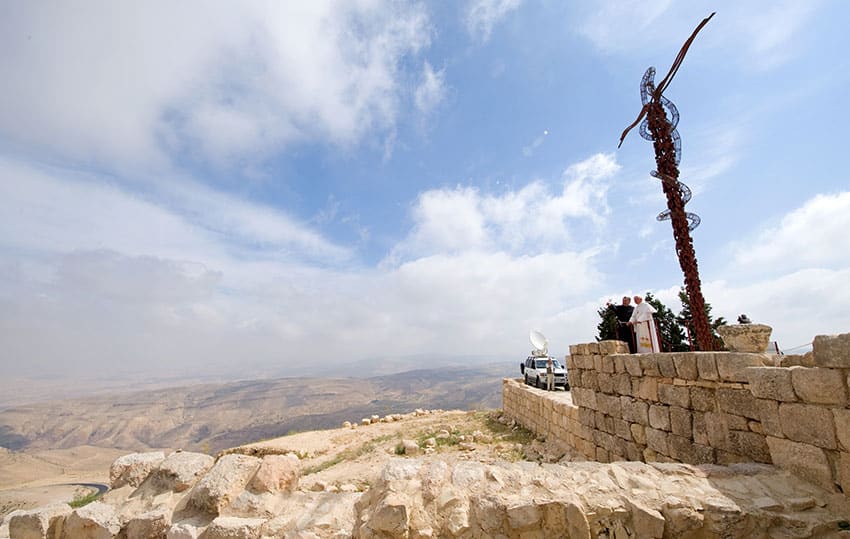
A possible solution
A possible solution to this problem could lie in the writing of two papers, which would enable more coherent presentations of two different understandings of mission and evangelisation. A difficulty faced by the members of the relevant working group is the topic they were given.
They were asked to write about a Church which is missionary and evangelising. Yet evangelisation can be understood as only a part of the mission of the Church. There are two other key aspects to the mission of the Church, which the Vatican II document on the Church, Lumen Gentium, describes as three-fold – priestly, prophetic, and royal.
Evangelisation can be understood as the prophetic mission, although ultimately more nuance is needed, since both the priestly and royal aspects of the mission have their evangelistic dimensions.
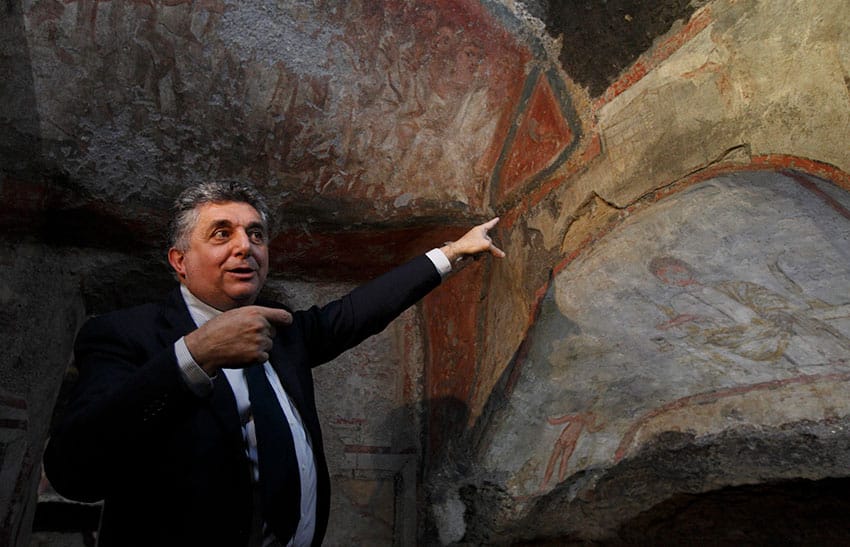
The priestly mission would properly be addressed in the paper on a Church that is prayerful and Eucharistic, and the royal mission in the paper on a Church that is a joyful, hope-filled servant community. In fact, while the six themes for discernment are excellent themes, an essential task for the Plenary Council will be to establish how the themes are related to each other, something which the working groups were not asked to undertake.
Listening and Dialogue
After the introduction comes a section on Listening and dialogue. This too begins in a promising way, especially with its focus on a personal encounter with Jesus, who offers us the gift of God’s love. However, the following mention of the “many voices” who were listened to failed to be truly inclusive. Certain voices were mentioned, but others left out.
For example, there was no mention of Millennial Catholics and others who desire a Church without banal liturgies, folksy music from the 60s and 70s, and preaching which barely alludes to Sacred Scripture.
Rather, we have what I call the “Captain Renault from Casablanca” method of dialogue. “Major Strasser has been shot – round up the usual suspects.” This gives the impression that the listening is all on one side, a monologue rather than a genuine dialogue.
there was no mention of Millennial Catholics and others who desire a Church without banal liturgies, folksy music from the 60s and 70s, and preaching which barely alludes to Sacred Scripture.
Just how inclusive?
The next section is entitled Pastoral Reality. While not going into the ultimate causes of this present reality, it gives a reasonably good overview of that reality, both the negative and the positive, although I think that some of the claims about some of the positive signs, like the efficacy of “new curricula and pedagogies in religious education,” are decidedly rosy-eyed.
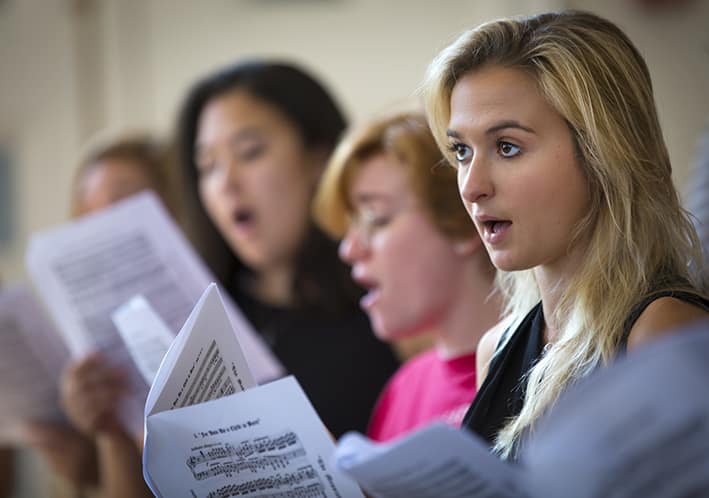
Theological Vision
It is when one gets to the next section, entitled Theological Vision, that substantial cracks begin to appear in the edifice constructed by the working group.
Once again, this section begins in a promising way with the statement that, “Missio Dei (mission) comes from the nature of the Trinity as a communion of persons – Father, Son and Holy Spirit – in a relationship of love and communion which overflows in creation and redemption.”
Stating that this mission of God is active in the universe, history, and cultures, nevertheless, it is revealed “in a particular way” through the history and scriptures of Israel, and in a “unique and unsurpassable way” in Christ.
Christ’s call to conversion is continued in the “witness and worship” of the Christian community, the members of which are, through the sacraments of initiation, empowered to be heralds of the Gospel, sustained in their mission by prayer. The Church “exists in order to evangelise” (Paul VI, Evangelii Nuntiandi, 14), and to be effective, the Gospel needs to be inculturated so that people may understand it.
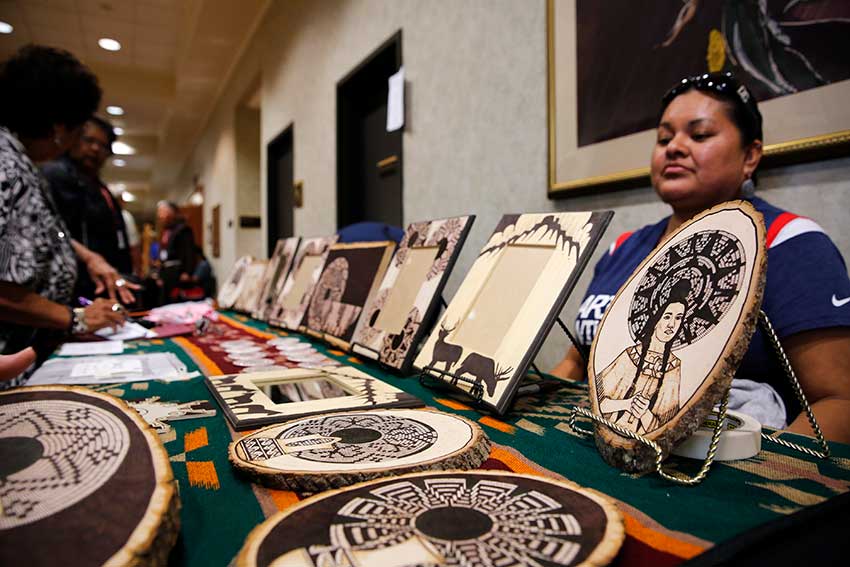
This is all ‘on target’, but interspersed in this account are ideas that undermine this vision.
The first is an apparent placing on an equal footing in the missio Dei of “God’s love for people and the planet,” forgetting that human beings are the only earthly creatures who have been created for their own sake (Gaudium et Spes 24). The rest of the visible creation has not been created for its own sake, but for ours.
Theological flaws …
The next idea exposes the most serious theological flaw in the paper, a flaw that is pneumatological (theology-speak for the theology of the Holy Spirit).
So, “God’s spirit touches all people in our world, and calls them, whatever their religious tradition, to live life fully and faithfully.” And, “God’s mission goes beyond the Church which is why we must be open, listening and learning, acknowledging that Kingdom work done by others.” Also, we must be “mindful that the Spirit blows where the Spirit wills”.
All these statements can be understood as true. However, without clarification, they could pose a threat to our understanding of and participation in mission because they do not express the whole truth about mission.
All these statements can be understood as true. However, without clarification, they could pose a threat to our understanding of and participation in mission because they do not express the whole truth about mission.
True … but inadequate
The mission of God in which we in the Body of Christ are called to participate, is a Trinitarian mission, which means that it is both three and one.
All three persons are involved, and yet it is one mission. The sending of the Son by the Father is not separate from his sending of the Spirit, since the Son is the Christ, the one anointed by the Holy Spirit.
These true but inadequate statements which I have quoted, looked at in isolation, give the impression that, in the cosmos before and outside the Church, there is a mission of the Holy Spirit which is separate from and independent of the mission of the Christ, that is, the mission of the incarnate Son in the Spirit.

Since the Church is the Body of Christ, it too is not separate from the mission of the Holy Spirit, even outside its visible boundaries. In simple terms, wherever the Spirit is at work, Christ and the Church, or what St. Augustine calls the totus Christus (the whole Christ), is at work.
Furthermore, this tends to lead to a separation of the mission of the Holy Spirit in creation, and the mission of the Holy Spirit in redemption. Yet, as St John Paul II teaches, there are not two missions of the Spirit, creative and salvific, but one creative-salvific mission from the Father, of the Son, in the Spirit (see John Paul II, especially Redemptoris Missio 5 and Dominum et Vivificantem 11-14). How this reality of the three in one mission can be better understood and lived is the major issue in contemporary missiology.
A deficiency becomes clearer
After the next section on Major Challenges, which is generally good, comes the final section on Prioritised Questions and Proposals for Change. It is in this section that the deficient pneumatology of the paper is most fully made manifest.
The implication that there are two separate missions of the Holy Spirit creates the problem of how they will be balanced. Where will emphasis be placed? The choice of questions and their ordering reveals that the emphasis has been placed on the mission of the Holy Spirit which supposedly exists independently of Christ and the Church.
First is care for the created order, then what might be called the promotion of human well-being, then relationships with other religions. It is only when one gets to the fourth question on evangelical collaboration with other Christians that the paper begins to approach what should have been front and centre, question five, on how Australian Catholics can be missionary disciples.

A mixed up order?
Question six addresses the role of the family in evangelisation. Question seven asks about the evangelising role of women, but fails to address the fact that, given the preponderance of women participating in the life and mission of the Church, there is an even more urgent need to help Catholic men become missionary disciples.
Question eight asks about embracing and nurturing, rather than respecting, the culture and spirituality of the aboriginal peoples, yet without asking how they too may be brought to intentional discipleship to Jesus.
Question nine asks about the evangelisation of young people, question ten about evangelising through our educational institutions, and the last question about evangelising those “on the margins”. These priorities should be reversed, with four to eleven preceding one to three, and with an emphasis being placed on how to explicitly evangelise, and who should be explicitly evangelised.
The obvious missing Person
What of the proposals made in response to the questions? Some are valuable, some are what I would call symbolic tokens, some lead to a regrettable expansion of Church bureaucracy. Instead of going through each one of them, I will make a general statement about all of them.
Good, bad, or indifferent, something vital has not been addressed in any of them – the absolute necessity of the power of the Holy Spirit for any of them to bear any fruit. It is all very ‘Pelagian’, that is, it is all focused on what we need to do, a program for self-empowerment.
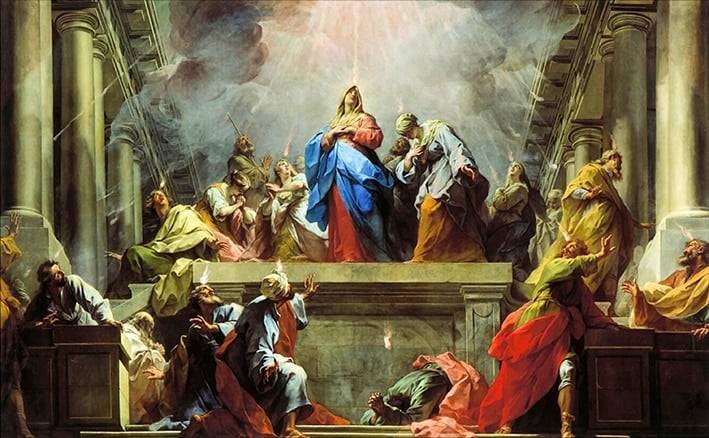
Without the fire of the Holy Spirit, we cannot participate in the mission of Christ. We need a great deal more than to be “under the influence of the Spirit” (Introduction). We need to be “possessed” by the Spirit, think in the Spirit, feel in the Spirit, imagine in the Spirit, remember in the Spirit, discern in the Spirit, worship in the Spirit, proclaim and testify in the Spirit, serve in the Spirit, exercise charisms in the Spirit.
If we wish to be a truly missionary and evangelising Church, we must be constantly asking our Father in heaven for the gift of gifts, the Holy Spirit (Luke 11:13).
Related
